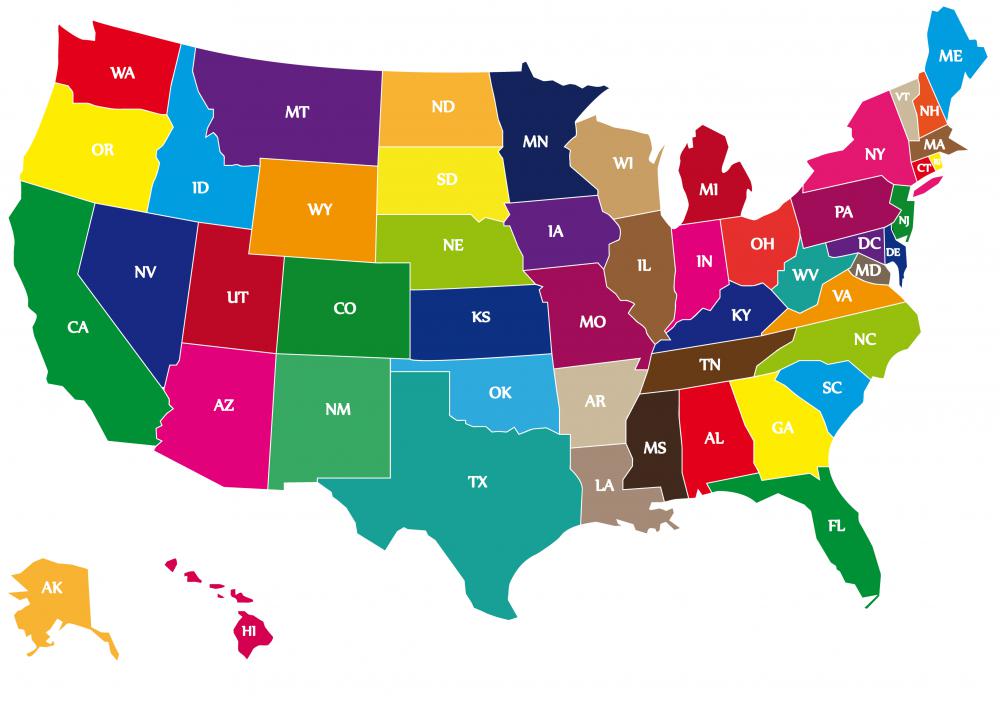At HomeQuestionsAnswered, we're committed to delivering accurate, trustworthy information. Our expert-authored content is rigorously fact-checked and sourced from credible authorities. Discover how we uphold the highest standards in providing you with reliable knowledge.
What is Flagstone?
Flagstone is a generic description of flat stone that is most often used in building and landscaping. It is a sedimentary stone that is split into thin layers, allowing it to be used in many applications. Flagstone usually is a sandstone that contains feldspar and quartz, often cemented together with calcium, silica or iron oxide. It is not to be confused with slate, which is a metamorphic rock that is composed primarily of clay or volcanic rock.
Appearance

Flagstone is quarried in many places where there is sedimentary stone, including Texas, Arizona, Pennsylvania and the west coast of Ireland. Where the stone is formed and what its primary binding materials are will determine the stone's predominant color. Among the colors most commonly found are red, pink, peach, chocolate and beige. It also is found in green, blue, gold and white. Some flagstone might have a record of its formation, with visible fossilized tracks of marine worms and ancient insects.
Uses

The variety of colors, versatility of uses, wide availability, durability and beauty of flagstone make it an ideal material to use in a range of projects. It has a naturally non-slip surface. This makes it perfect for both indoor and outdoor uses. This type of stone can be used for many things, including paving, roofing, fences, pillars and facades. It is often used for patios, walkways and even bench seats.
Thickness and Shape
The stone typically ranges in thickness from 0.5-2.0 inches (about 1.3-5.1 cm). Many experts recommend a thickness of at least 1 inch (2.54 cm) for surfaces that must bear any weight or will sustain wear, such as those upon which people will walk or sit. The slabs usually are cut or broken into irregular shapes. This can add to the beauty that many people find in the look of the random, less contrived pattern of a flagstone walkway or patio.
Laying the Stone
A mason or do-it-yourselfer who is working with flagstone must rely on his or her artistic side to create a one-of-a-kind work of art. He or she can use the stone pieces as they are and place them with small spaces in between or might cut or break them for a better fit. Flagstone also can be cut into squares for a more tailored and patterned look. It can be broken and manipulated fairly easily because of its composition, but it still is resilient and durable.
AS FEATURED ON:
AS FEATURED ON:












Discussion Comments
The article states that Flagstone is a generic description of flat stone that is most often used in building and landscaping, but not to be confused with slate.
I've seen flat, irregularly shaped metamorphic slate used in the same applications as sandstone flagstone but it's made out of a more durable slate..hard, slick etc. It's cut into flat irregular segments used to pave walkways, etc. Is this still considered flagstone or slate flagstone, or just slate?
is flagstone the same as limestone
A whole variety of sandstone is commercially known as flagstone.
Post your comments